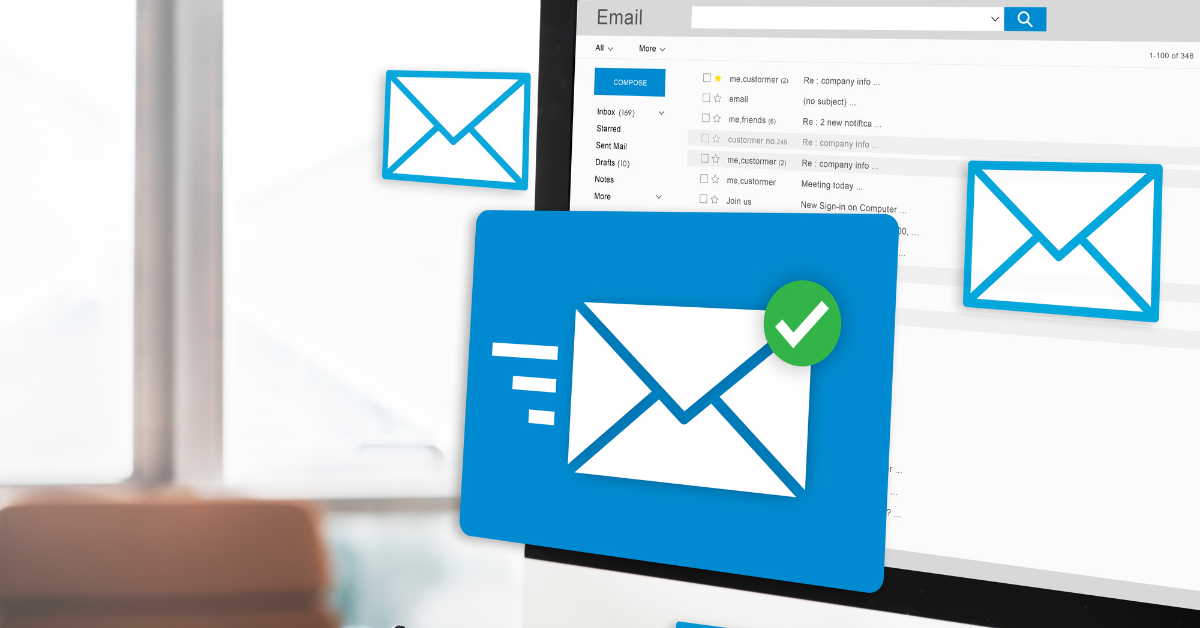Email marketing is a form of digital marketing that utilizes email to connect with potential and existing customers. It’s a powerful tool for raising brand awareness, building customer loyalty, and promoting products or services. By sending targeted messages directly to individuals’ inboxes, businesses can engage their audience effectively and drive conversions.
A Brief History of Email and Email Marketing
The Birth of Email
The concept of email dates back to the early 1970s. In 1971, Ray Tomlinson, a computer engineer working on ARPANET (the precursor to the internet), sent the first networked email between two machines. He introduced the use of the “@” symbol to separate the user name from the host computer, a convention still used today.
The Advent of Email Marketing
Email marketing began in 1978 when Gary Thuerk, a marketing manager at Digital Equipment Corporation, sent the first mass marketing email to approximately 400 recipients via ARPANET. This unsolicited email promoted DEC’s new computers and reportedly generated $13 million in sales, highlighting the potential of email as a marketing tool.
Evolution Over the Decades
Since its inception, email marketing has undergone significant transformations:
- 1990s: The introduction of HTML emails allowed for richer content, including images and links, enhancing user engagement.
- 2000s: The rise of email service providers like Mailchimp (launched in 2001) made it easier for businesses to create, send, and track email campaigns.
- 2010s: Advancements in automation and segmentation enabled marketers to send personalized messages based on user behavior and preferences.
- 2020s: The focus shifted towards privacy-first marketing, with regulations like GDPR influencing how businesses collect and use customer data.
The Importance of Email Marketing
Email marketing offers several advantages:
- Direct Communication: Reach customers in their personal inboxes, ensuring your message is seen.
- Cost-Effective: Compared to traditional marketing channels, email marketing is more affordable and offers a higher return on investment.
- Personalization: Tailor messages based on customer behavior and preferences, increasing engagement.
- Measurable Results: Track open rates, click-through rates, and conversions to assess campaign effectiveness.
Types of Email Marketing Campaigns
Different email campaigns serve various purposes:
- Welcome Emails: Introduce new subscribers to your brand.
- Newsletters: Share updates, news, and valuable content regularly.
- Promotional Emails: Highlight sales, discounts, or special offers.
- Transactional Emails: Confirm purchases, notify shipping details, or provide account information.
- Re-engagement Emails: Reconnect with inactive subscribers to renew interest.
Best Practices for Effective Email Marketing
To maximize the impact of your email campaigns:
- Build a Quality List: Focus on growing an engaged and permission-based subscriber list.
- Craft Compelling Subject Lines: Encourage recipients to open your emails with intriguing and relevant subject lines.
- Provide Valuable Content: Offer information, insights, or deals that are beneficial to your audience.
- Optimize for Mobile: Ensure emails are responsive and look good on all devices.
- Test and Analyze: Use A/B testing to determine what works best and continually refine your strategy based on analytics.
Conclusion
Email marketing remains a vital component of a successful digital marketing strategy. By understanding its fundamentals and implementing best practices, businesses can effectively engage their audience, foster loyalty, and drive sales.






